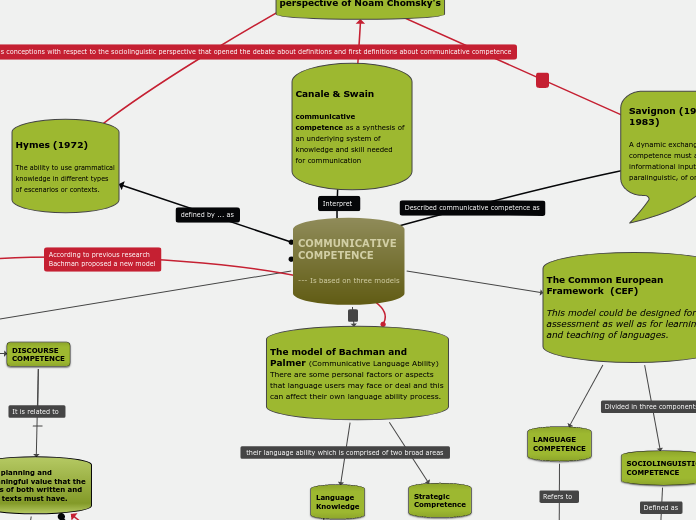por Lisette Reyes 15 anos atrás
899
Task Analysis Review
Task Analysis (TA) encompasses a variety of approaches to understand and document tasks performed by users, focusing on the actions, knowledge, and interactions involved. Traditional Behavioral Task Analysis examines the actions users need to perform and how they are organized.









